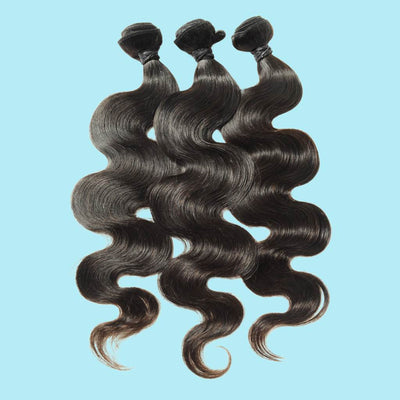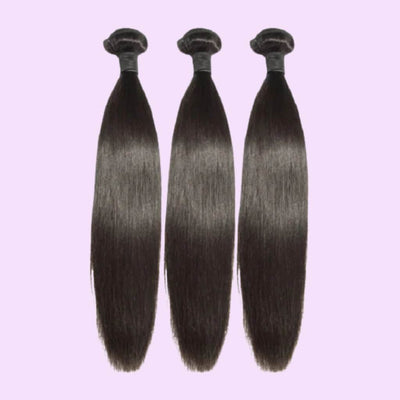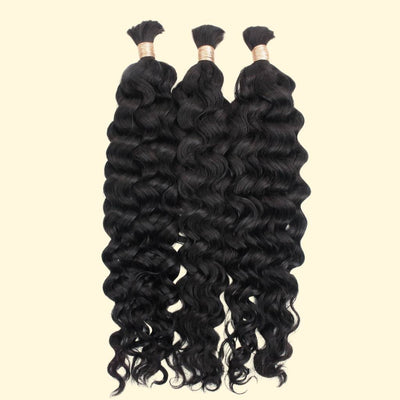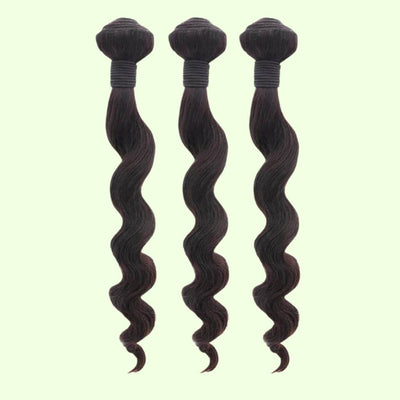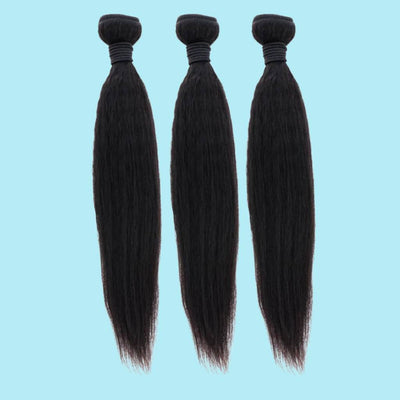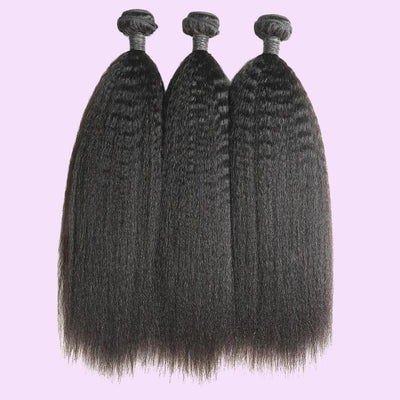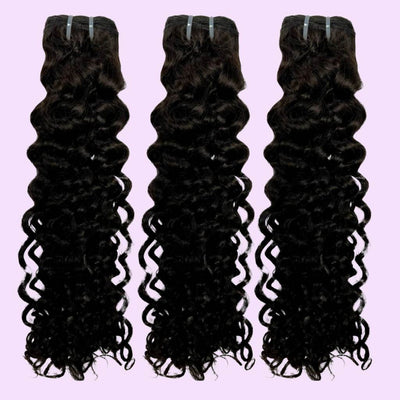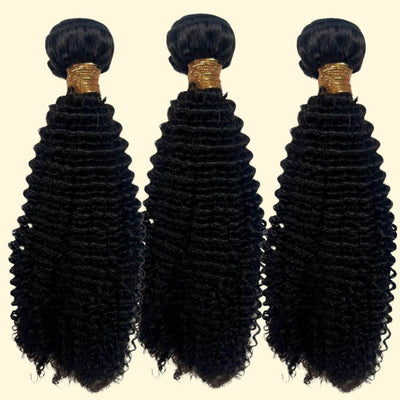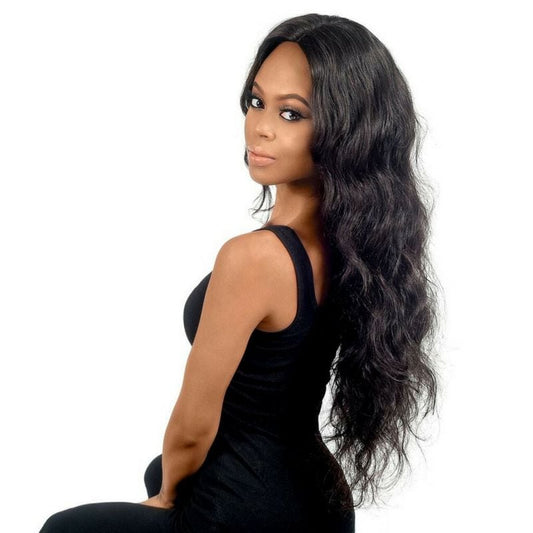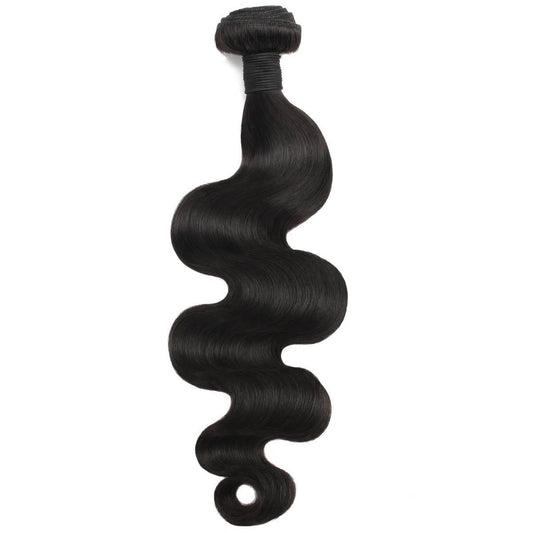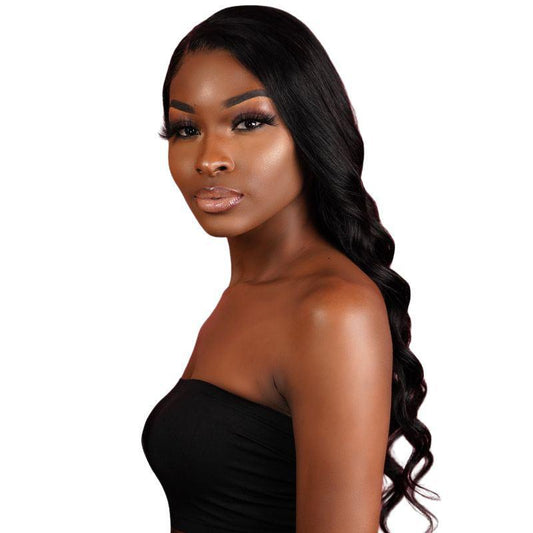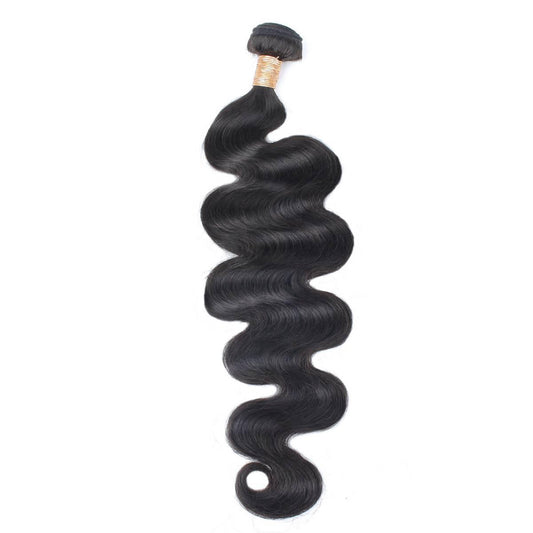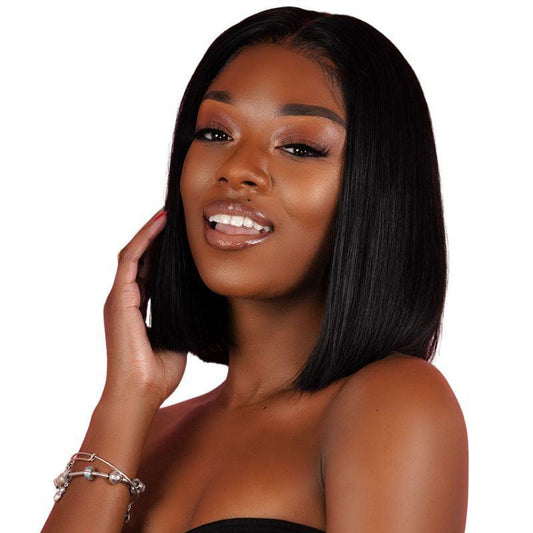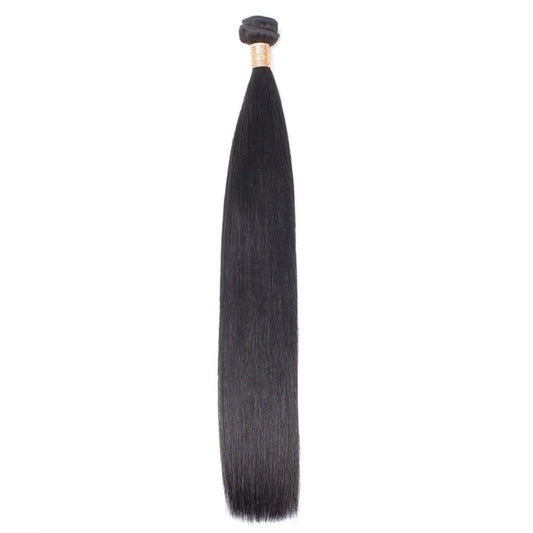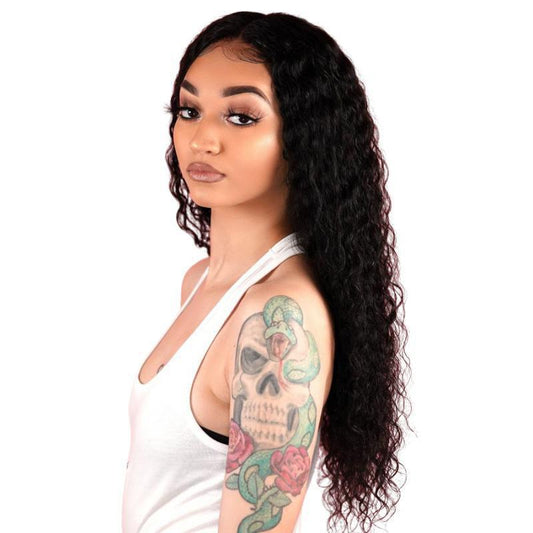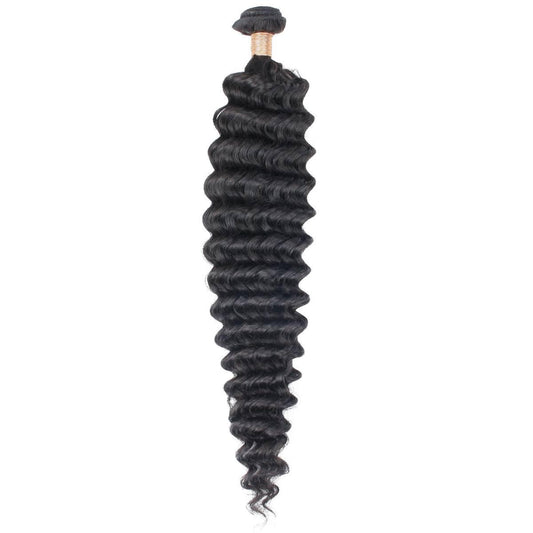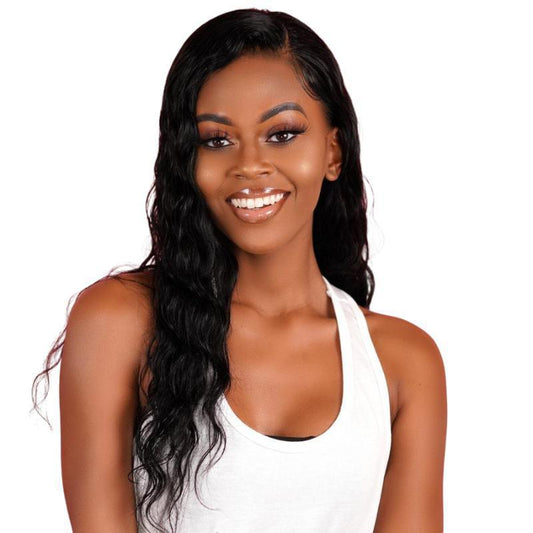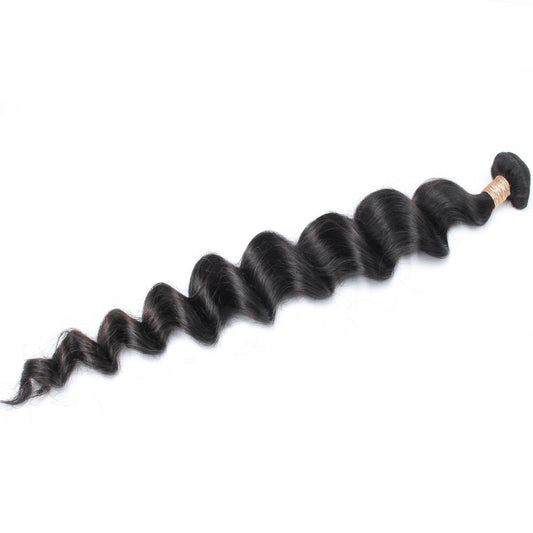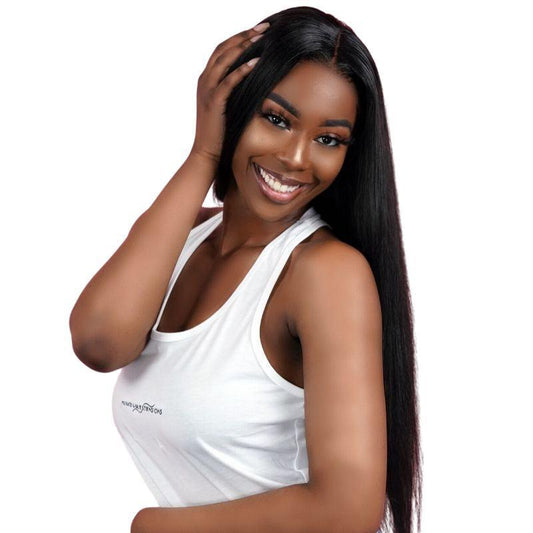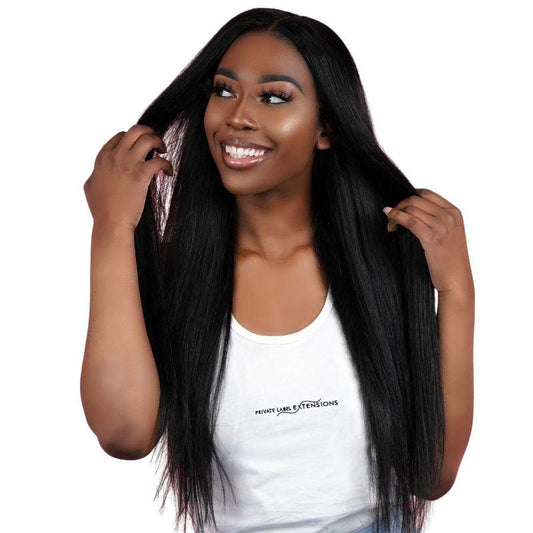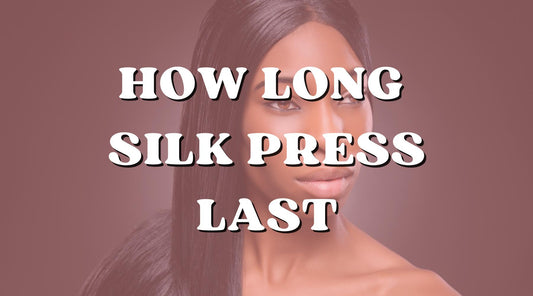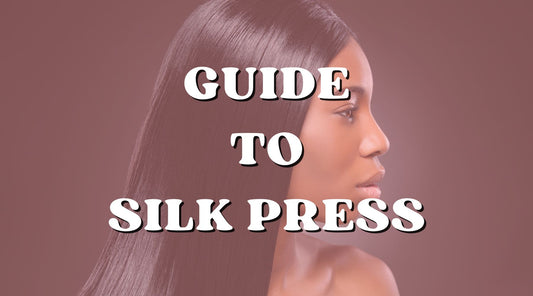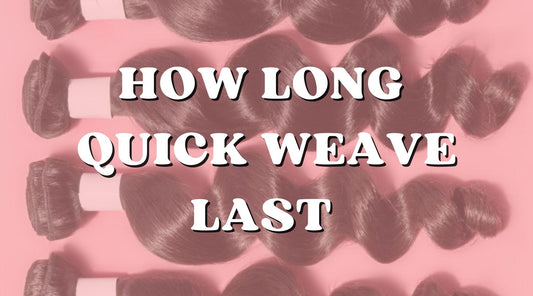1260 Memorial Drive
Atlanta, Georgia 30316
404-458-1330
Different Cutting Techniques for Your Hair Extensions
Mikey MoranThere are many techniques for cutting hair that you have probably never heard of and others that you may know on the back of your hand.
I believe that understanding the many ways to cut your extensions will give you versatility and, mainly, the confidence to slay your hairstyles on any occasion.
These terms that I'm going to list might seem complicated, but they couldn't be simpler. You will learn the basics of how to blend, cut, and finish hair extensions in a myriad of styles using these different cutting techniques.
Many others think that trimming or layering natural hair is the same as doing it to your extensions, but that is not the case at all. ❌
On your natural locks, you use precise cutting techniques that will give sharp edges and bold lines to the style. Whereas on extensions, if you try using precision in your trimming, then it provides a blocky or false look.
If you want to achieve a natural style with your extensions, then you will have to use softer cutting techniques, which will usually involve using the freehand method.
You do not have to be a hairdresser to learn how to cut your weave at a professional level. So get excited, and let's dive in together on this list of different cutting techniques for your hair extensions.

Layers
Getting hair extensions is the best way to attain long, beautiful, luxurious hair in a matter of seconds.
But sometimes long hair bundles can be a hassle and a lot to manage, so learning how to cut some layers into it will be very beneficial.
It is helpful to remember that every cut falls under one of three categories, and that is layered one-length or a combination of both, says celebrity hairstylist.
Layers are helpful in lessening the density of your weave and creating fantastic movement. The one-length cuts in an opposite manner add weight to your overall look.
The best example of this cut would be a blunt bob; there are no layers, and the density is all in one specific place.
So, if you are someone who has a thick or uncontrollably blocky weave, you will need to tame the wild beast by adding some layers.
And if you happen to go to a hairdresser, it's always best to ask if the technique they'll be using creates layers and frames the face, removing bulk without losing the wavy effect.

Thinning
Thinning is another cutting technique that you do to eliminate bulkiness if you have thick and dense extensions.
In this process, you want to use thinning shears, and in the end, it will create super-fine layers and add dimension to any beautiful hairdo.
It's best to research the exact look that the thinning technique will create so you can see the main difference between that and any other layering cut.

Weight Line Cut
You can guess the style in the name, but this is the area in a cut that holds the most weight. Another perfect example of this is a blunt or bob cut.
"The weight line is at the end of the hair, and it usually starts and ends at the most extended layer. If your weight line is too heavy, then you may want to blend it in by using thinning shears.
Some stylists even suggest trying point cutting, which is a snipping technique that creates a feathery and light edge on your extensions.
So, if you are searching for a new way to soften bluntness, you should take a close look at this method and try it out in the future.

Blunt Cut
The blunt cut is something I'm sure we are all familiar with when passing conversations with friends. This style is lopped at an angle of 0 degrees, making each hair strand fall at one even length.
Blunt cuts, interchangeably and often known as bob cuts, are for fine-haired like Malaysian weave.
This style creates the illusion of density and volume. Brazilian extensions are naturally thick in size, and achieving a blunt cut with this hair would be ideal and straightforward.
I think fullness is something we are all looking for in a hairstyle. So, if by any chance you cannot get the bundles you want, try a blunt cut, which will add all the fullness that you need.

Choppy Cut
The choppy look is a messy but fashionable style and will give you fantastic weave texture.
The stylist or you will achieve this look by cutting rough layers of the hair and finishing it off with hairspray.
The choppy look is effortless to maintain because it's short, and it can be as unkempt and messy as you would like, adding to the overall aesthetics of the style.
A cut with short layers is typically for bobs or shoulder-length styles, so it will be hard to try this on extensions longer than 14 inches.
Ruffle your curls, and you can also grab a pair of scissors and try this on your own, but try to cut off little by little until you reach the desired look.

Will You Give These Cuts a Try on Your Extensions?
I'm glad that you have taken the time to read up on these excellent cutting techniques that you can try on your hair extensions.
I bet that the next time you visit your hair stylist, they will be surprised to see how knowledgeable you are on the different ways you can trim your hair weave.
If you have nothing to lose and want to try haircuts on your extensions, then, by all means, go ahead. 🤩
But if you are scared that you may ruin your hair, then only try it when you're getting ready to take your weave out. Remember that blending out your trims will go a long way in creating a natural look.
You want to make sure that your extensions match your current cut or facial features. Take all of these methods and tips into account the next time you choose a hairstyle.
Have you ever tried to cut your weave? If so, what cutting techniques did you use? Let us know in the comments down below.👇🏾
And look up The Right Hair Tool for Your Hair Texture to get the cut perfectly!

